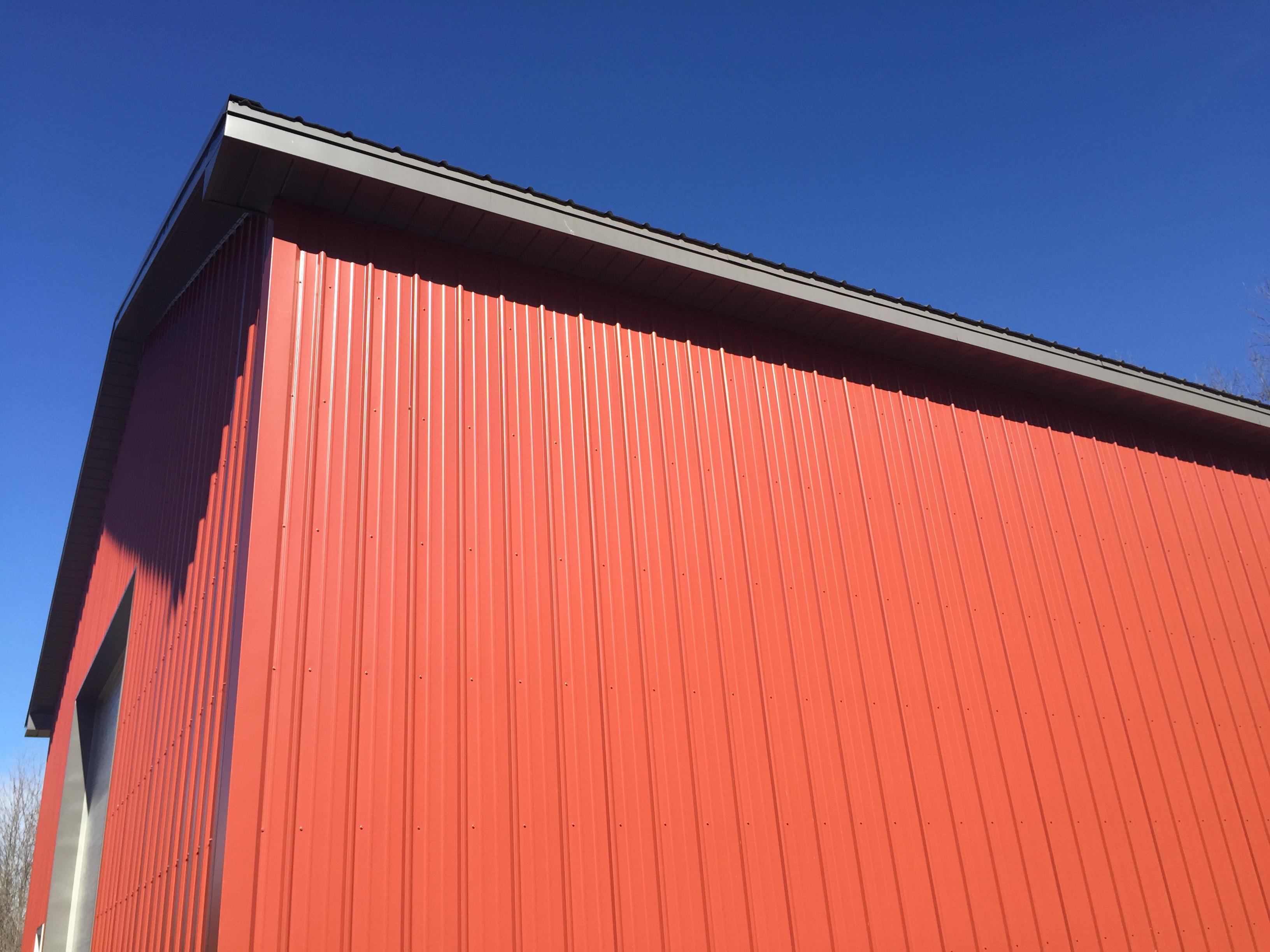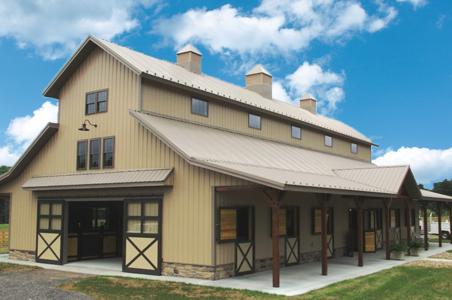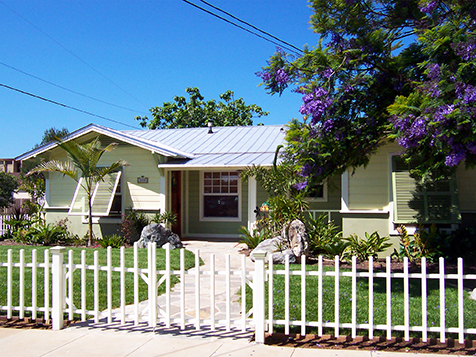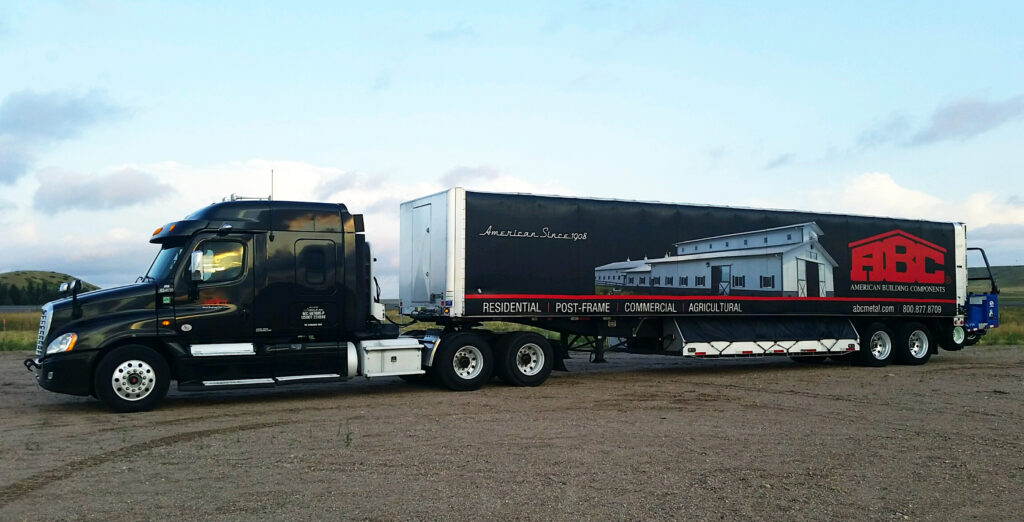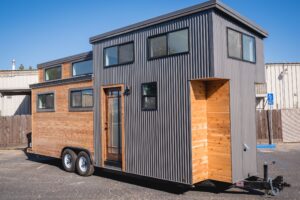In a recent blog post, we reviewed how regularly cleaning metal panels helps maintain their integrity and aesthetics. Now that you know the importance of this activity, we’re sharing some tips for cleaning metal panels to consider.
LEVELS OF CLEANING METAL PANELS:
These tips for cleaning metal panels are based on general circumstances and get progressively more detailed for tougher jobs. They should not supersede and are not a replacement of the any metal panel manufacturer’s instructions or warranty requirements, including those provided by American Building Components.
Light Cleaning:
For simple cleaning, water and mild detergent is often sufficient. However, never use bleach, as it can change the finish color or interact disastrously with certain metals.
Moderate Cleaning:
For dirt or other deposits that can’t be removed with water alone and require a more complete cleaning, a solution of hot or cold water mixed with detergent is appropriate. An ideal solution is the mixture of 95 percent water with 5 percent of a mild, commonly-used, commercial (non-industrial, non-bleach) dish or laundry detergent added. Diluting the detergent with the water helps ensure the detergent isn’t too strong and doesn’t negatively affect the painted metal surface. Common cleaners for this type of cleaning can include:
- Mild laundry detergent
- Car wash soap
- Mild dish soap
- Cold or hot commercial/industrial detergents
Deep Cleaning:
For non-water-soluble residue such as tar, tree sap, grease, oil and adhesives, a solvent or alcohol-based cleaning solution may be required. In this case—since most organic solvents are flammable and/or toxic—handle these according to the cleaner and manufacturer instructions.
Generally, it’s advisable to keep them away from open flames, sparks and electrical motors. Use adequate ventilation, protective clothing and goggles, and—of course—read the manufacturer’s Material Safety Data Sheet (MSDS) for any solvent used for any other specific safety details.
Common cleaners for this type of non-water-soluble cleaning often include:
- Alcohols:
- Denatured alcohol (ethanol)
- Isopropyl (rubbing alcohol)
- Solvents:
- VM&P Naptha
- Mineral Spirits
- Kerosene
- Turpentine (wood/gum spirits)
WHAT TO AVOID WHEN CLEANING METAL PANELS:
It’s important to avoid using products and tools not recommended by the panel manufacturer that will scrape or grind down the surface coating and leave scratches or other finish damage when cleaning metal panels. This can eventually wear down the finish and leave panels vulnerable to corrosion. Likewise, any misuse or abuse of acceptable cleaning agents will likely automatically void any manufacturer’s warranty for the affected surfaces.
Regardless of the level of cleaning that needs to be done, there are some products and tools that are likely never ideal for use on coated metal panels. These include:
- Wire brushes
- Abrasives
- Steel wool
- Sandpaper
- High-pressure power washers
- Scouring powders
- Paint removers
- Paint thinners
In conclusion, while the considerations above can help give you and your customers an idea of options available when cleaning metal panels, the importance of understanding and following the specific product manufacturer’s metal panel cleaning instructions can’t be overstated. As a result of diligently following all official instructions and considering these tips, your customers can avoid panel corrosion, staining or other surface damage and retain the integrity and beauty of the metal panel finish.
To learn more about metal panel cleaning, finishes and warranties, contact your local ABC representative.

